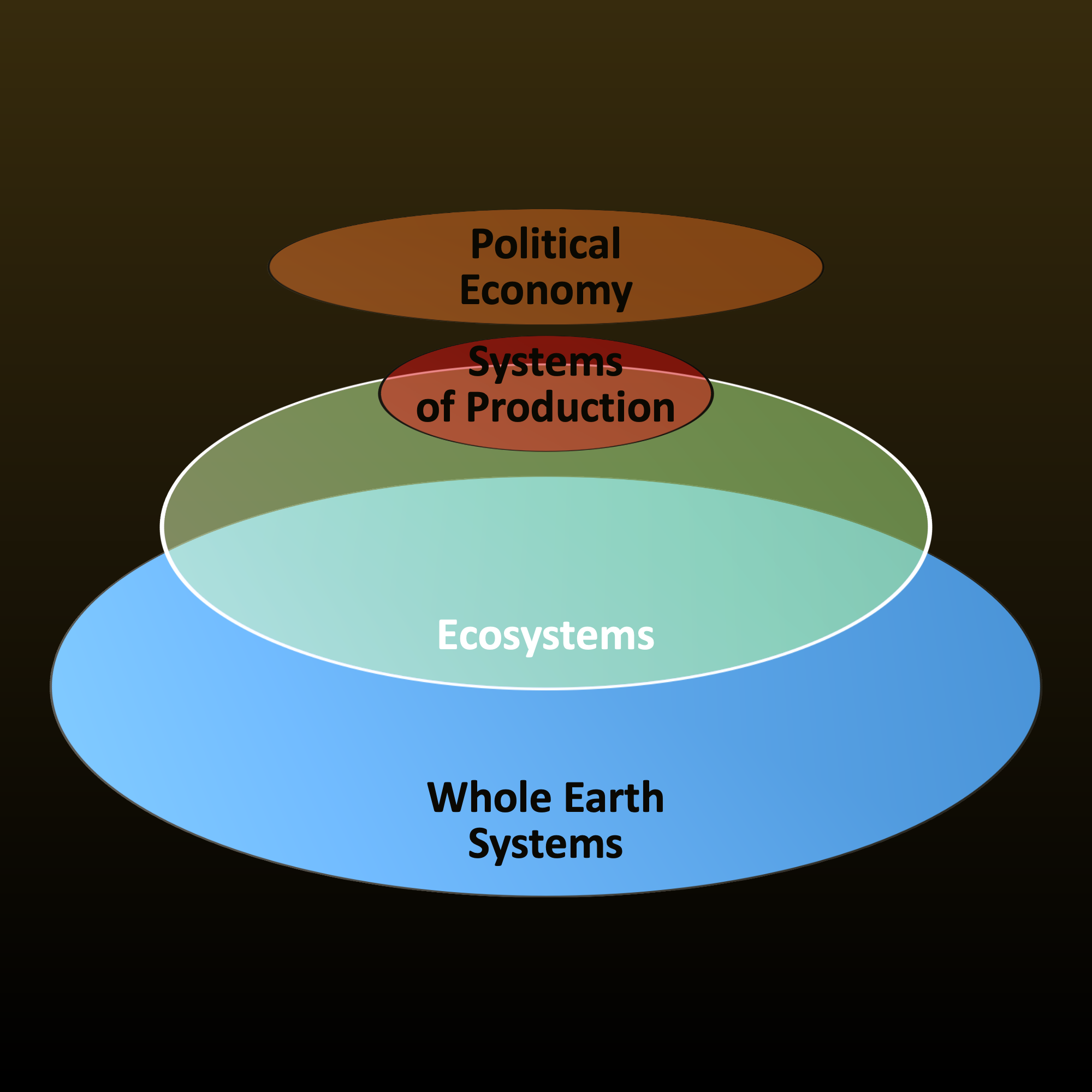Ecosystem Metabolisms and Functions
An eco-literacy framework and model for designers
DOI:
https://doi.org/10.7577/formakademisk.3370Sammendrag
The framework and model describe ecosystem functions. Working within and towards systems of production that intend to be truly circular and regenerative necessitates that designers (and other stakeholders) have an increased understanding and intuition of how ecosystems function—an eco-literacy. To this end, the framework is based on foundational metabolisms (producers, consumers and decomposers), and their interactions with each other and ‘nutrient pools’ within their collective environment. The model proposes that ecosystems are fractals of plants and are one collective metabolism. Some ‘ecosystem concepts’ are also developed that can be worked with as they are or used as a base for analogies for those working directly with, or developing frameworks for, integrative systems of production.
Keywords:
Systemic design, ecological design, biomimetics, circular economy, systems ecology.

Nedlastinger
Publisert
Hvordan referere
Utgave
Seksjon
Lisens
- Forfatteren(e) beholder sin opphavs- og kopieringsrett til eget manuskript, men gir tidsskriftet varig rett til 1) å fremføre manuskriptet for offentligheten i den opprinnelig publiserte digitale form, og 2) å registreres og siteres som første publisering av manuskriptet.
- Forfatteren må selv forvalte sine økonomiske kopieringsrettigheter overfor eventuell tredjepart.
- Tidsskriftet gir ingen økonomisk eller annen kompensasjon for innsendte bidrag, medmindre det er gjort særskilt avtale om dette med forfatteren(e).
- Tidsskriftet plikter å arkivere manuskriptet (inklusive metadata) i den opprinnelig publiserte digitale form, i minst ett dertil egnet åpent tilgjengelig langtidsarkiv for digitalt materiell, som for eksempel i de norske universitetenes institusjonsarkiv innen rammen av NORA-samarbeidet.
Verket vil bli publisert OpenAccess med en Creative Commons 4.0-lisens som tillater alle å lese, dele og tilpasse innholdet, også kommersielt, under lisensvilkårene:
Dette verket må tilskrives/ krediteres på riktig måte, en lenke må gis til CC-BY 4.0-lisensen, og endringer som er gjort må angis på en rimelig måte, men ikke på noen måte som antyder at lisensgiveren støtter deg eller din bruk.



